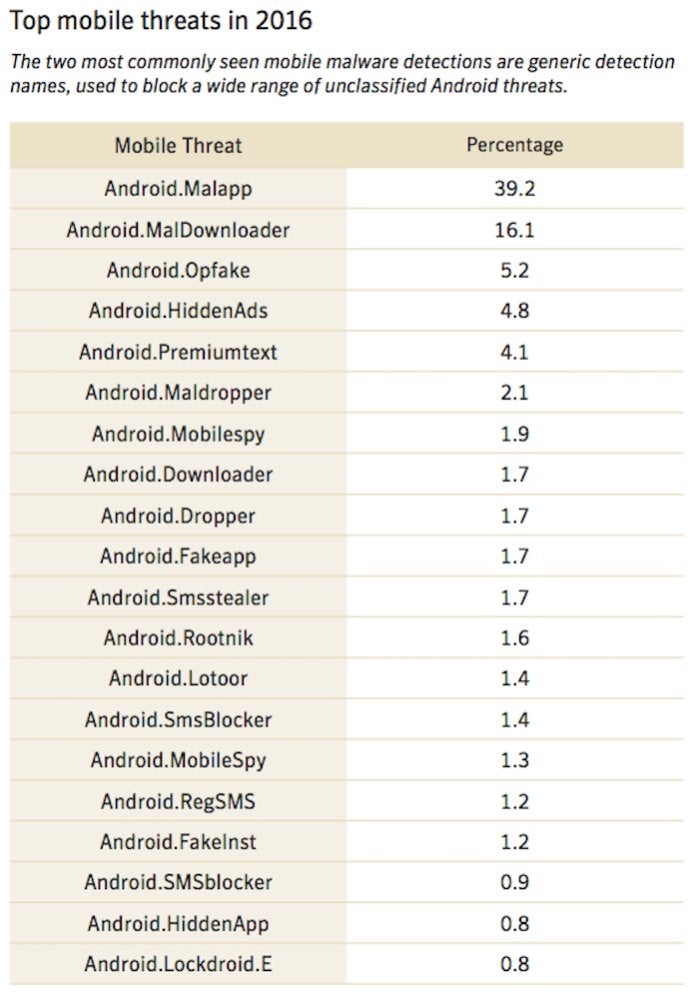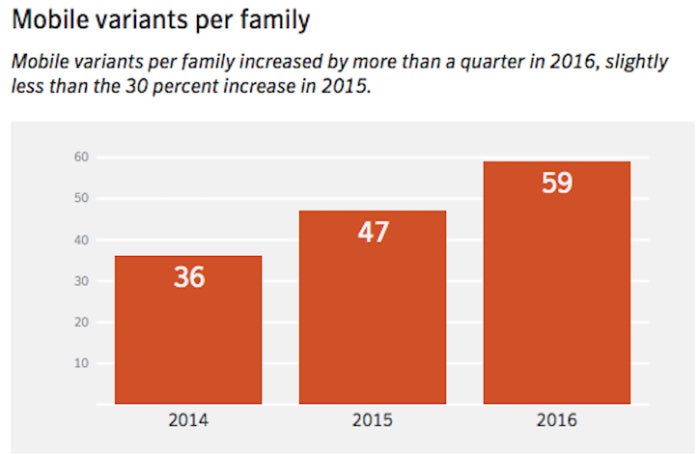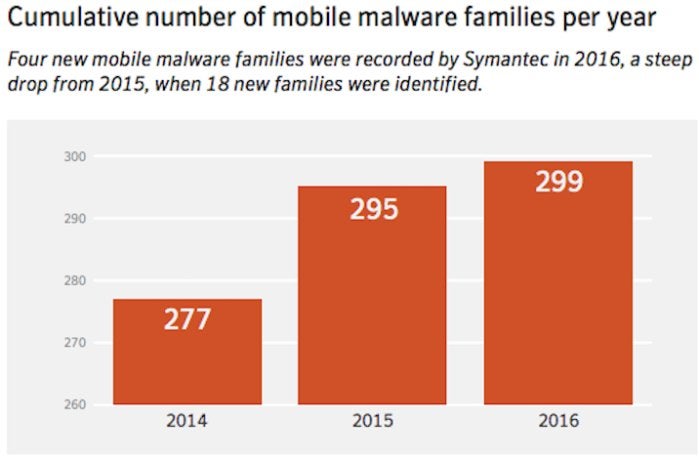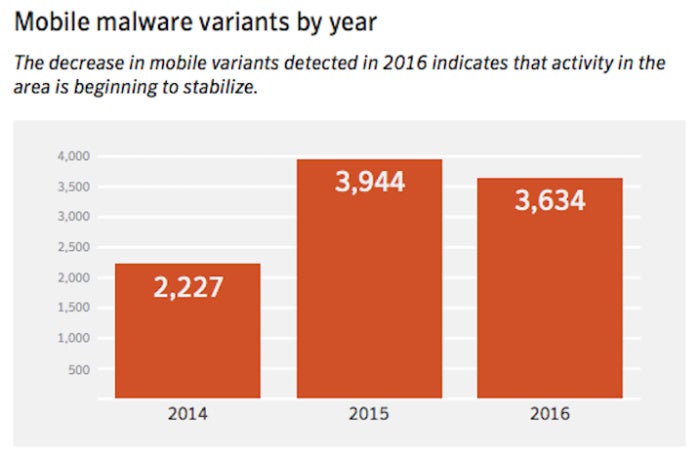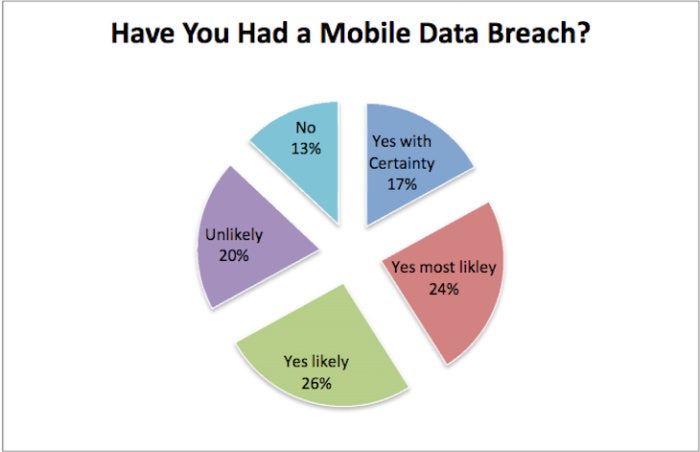Introduction: What Is Data?
In its simplest form, data is information. It includes numbers, text, images, videos, and any form of digital content that holds meaning when analyzed. Every click on a website, online transaction, and sensor reading contributes to the vast ocean of data generated every second. But data alone has no impact—its true power lies in how it is collected, processed, and analyzed to drive informed decisions.How Data Transforms Businesses
For organizations, data is the new oil. The world’s largest companies, like Google, Amazon, and Facebook, thrive on big data analytics. They gather vast amounts of user data to optimize experiences, personalize recommendations, and increase revenue.
Retail giants leverage predictive analytics to forecast trends and manage inventory efficiently. Financial institutions use real-time data analytics to detect fraud. Even small businesses rely on data-driven marketing strategies to reach the right audience, measure campaign success, and improve customer service. Simply put, data-driven decision-making is the backbone of modern business success.
The Impact on Individuals
Individuals interact with data analytics in more ways than they realize. Netflix and Spotify recommendation engines analyze user behavior to suggest personalized content. Ride-sharing apps like Uber use big data algorithms to adjust pricing dynamically. Health-tracking apps monitor vital signs and provide early warnings for potential health risks.
Even social media platforms leverage user data to curate content, connect people, and influence consumer behavior. However, this also raises concerns about data privacy, cybersecurity, and ethical data usage, as users become more aware of how their personal information is being utilized.
How Governments Leverage Data
Governments worldwide utilize big data and artificial intelligence to improve services, enhance security, and shape policies. Smart cities implement IoT-driven data analytics to manage traffic, reduce pollution, and optimize energy consumption. Law enforcement agencies analyze crime data to deploy resources effectively. Public health organizations track real-time disease outbreaks and respond to emergencies using predictive modeling.
During the COVID-19 pandemic, data played a crucial role in monitoring cases, predicting surges, and guiding response strategies. Governments also depend on economic data analytics for budget management and improving public services.
The Future of Data: What Lies Ahead?
The future of data is vast and ever-evolving. Here are some key data-driven trends that will shape the next decade:
Artificial Intelligence and Machine Learning – AI-driven algorithms will enhance automation, data insights, and decision-making in various industries.
Real-Time Data Analytics – With the rise of IoT devices and 5G technology, businesses will make instant decisions using real-time big data.
Data Privacy and Ethical Data Use – Stricter regulations like GDPR and CCPA will improve consumer data protection and transparency.
Quantum Computing – This emerging technology will process massive datasets at unprecedented speeds, revolutionizing science, finance, and cybersecurity.
Predictive Analytics – From forecasting consumer behavior to predicting natural disasters, predictive modeling will become more advanced, helping businesses and governments plan ahead with greater accuracy.
Conclusion
Data is not just information—it is a powerful force driving innovation, efficiency, and growth. Whether in business, daily life, or governance, data analytics and artificial intelligence are transforming the world. As we move forward, understanding and utilizing big data responsibly will be key to shaping a smarter, more connected, and data-driven future.
The question is no longer about whether data science is important—it’s about how we harness its full potential while ensuring data security and privacy. Are we ready for the data-driven future ahead?
%20glowing%20in%20blue,%20moving%20throug.webp)


